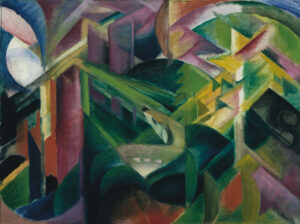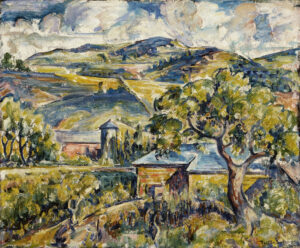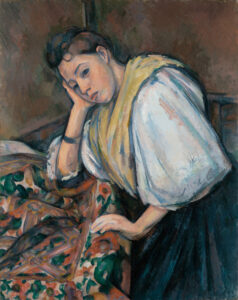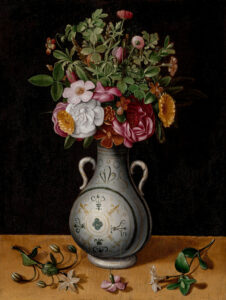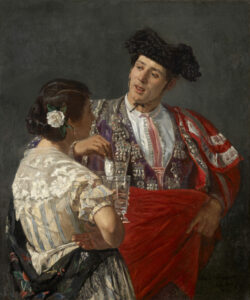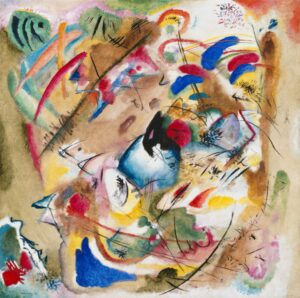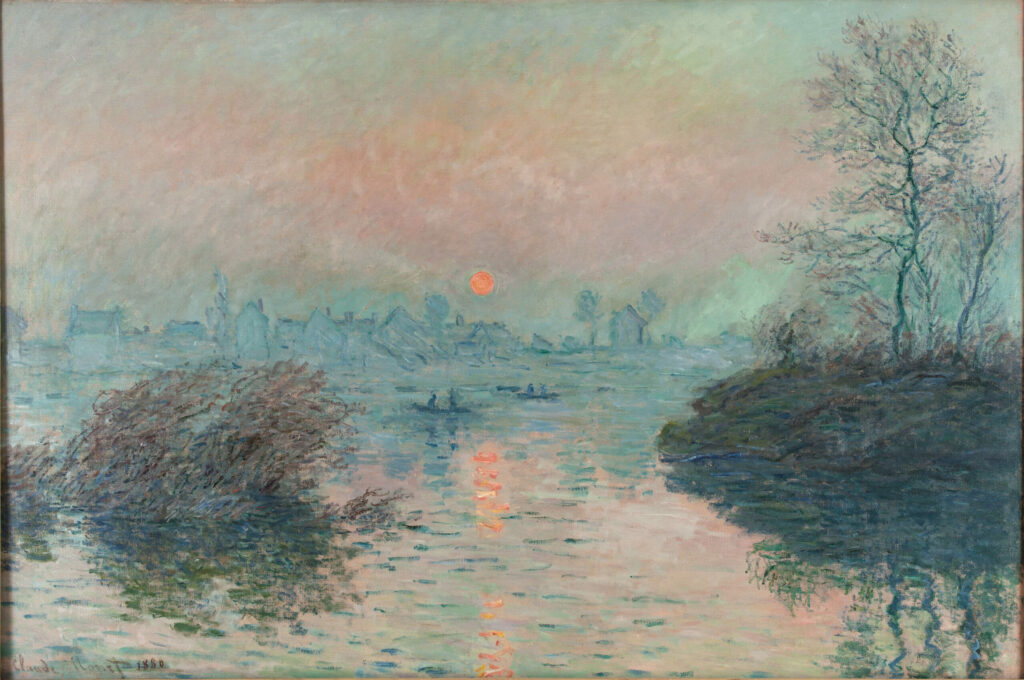
Here is one of the jewels from Monet’s Vétheuil period. This orange sun, a true blazing orb suspended in a mother-of-pearl sky, engages in masterful dialogue with the icy blues of the winter atmosphere.
Notice this technique: the cold mist unfolds in fluid, caressing brushstrokes, while the water and banks explode beneath generous, sculptural impasto. Lavacourt, barely suggested in the haze, becomes a pretext for this pure alchemy between air and water. This incandescent solar disk, reflected in trembling columns on the Seine, transports us directly to “Impression, Sunrise” and that aesthetic revolution which transformed Western art.
Here Monet transcends the topographical motif to offer us raw emotion, capturing with visionary acuity the very essence of winter’s thaw. This canvas demonstrates his unique ability to transform meteorological observation into pure pictorial poetry, already anticipating the serial investigations that would bring him glory.
Key Information:
- Sunset on the Seine at Lavacourt, Winter Effect by Claude Monet, 1880
- 101.5 x 150 cm
- Paris Museums, Petit Palais, Museum of Fine Arts of the City of Paris, displayed in Ground Floor Garden Room 08
- https://www.parismuseescollections.paris.fr/fr/petit-palais/oeuvres/soleil-couchant-sur-la-seine-a-lavacourt-effet-d-hiver
Claude Monet (1840-1926), the guiding figure of Impressionism, revolutionized the art of his era by abandoning the studio to paint en plein air, capturing the infinite variations of natural light. Settling in Vétheuil in 1878, he was then experiencing a difficult period marked by financial troubles and his first wife Camille’s illness. It was in this context that he undertook his winter series on the Seine, exploring atmospheric effects with newfound acuity. A precursor of pictorial modernity, Monet privileged pure sensation over faithful representation, thus paving the way for the avant-garde movements of the 20th century.

